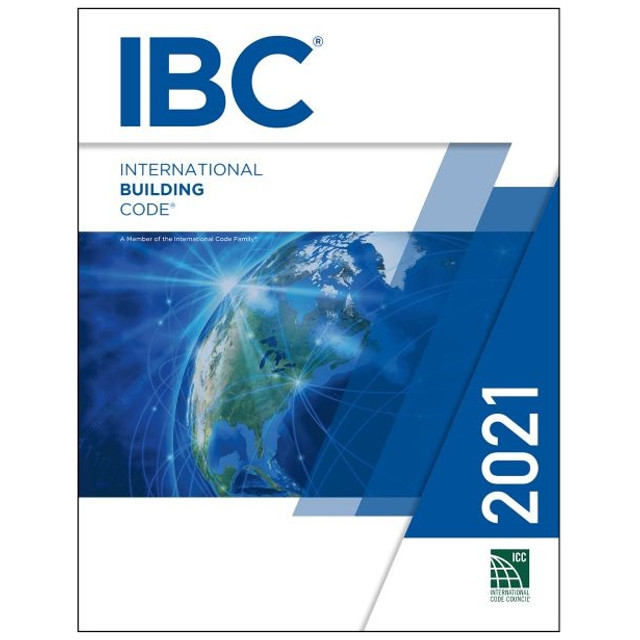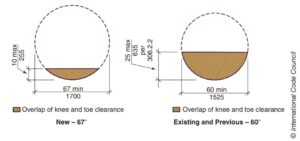What “Not Up to Code” Really Means: Clearing Up a Common Misunderstanding
The phrase “not up to code” is often thrown around by inspectors, contractors, or concerned buyers. However, the statement can be misleading. It creates confusion about what building codes are, how they’re applied, and what’s actually required of existing buildings. Let’s clarify what “up to code” really means—and more importantly, what it doesn’t.
Understanding Building Codes
Building codes are a set of minimum safety standards. They govern everything from structural integrity to fire protection, plumbing, and energy efficiency. These codes are adopted and enforced by local jurisdictions, but they originate from model codes such as the International Building Code (IBC).
The purpose of building codes is to guide new construction and permitted renovations. When a permit is pulled, the building must comply with the current edition of the adopted code. However, once a building receives a certificate of occupancy, it is not required to be updated every time the code changes.
Building Codes Are Always Changing
Every few years, model codes like the IBC are updated. These changes reflect new technologies, materials, and best practices. That means a building constructed ten years ago—and built completely to code at that time—will not meet all current standards today.
This is completely normal.
If we demanded all existing buildings to comply with current codes, nearly every structure in the country would require constant retrofits. Such a requirement would be economically and logistically impossible. Thankfully, the IBC recognizes this.
What the IBC Actually Says
The scope and application of the IBC are outlined in Chapter 1 of the IBC. Specifically, Section 102.6 addresses how existing structures are treated:
“The legal occupancy of any structure existing on the date of adoption of this code shall be permitted to continue without change, except as is specifically covered in this code, the International Fire Code, or as is deemed necessary by the building official for the general safety and welfare of the occupants and the public.”
In simple terms, buildings that were legal when built can continue to operate as such. There is no requirement to upgrade an existing structure to meet newer codes unless the building undergoes major renovation or a change in occupancy.
What “Not Up to Code” Really Means
When someone says a building is “not up to code,” they often mean that it wouldn’t meet today’s codes if built new. That’s true for nearly all existing buildings. However, that does not mean the building is unsafe, illegal, or in violation of the law. Unless of course unpermitted work was done on the building since it’s original construction that didn’t meet the code at the time it was performed.
Because the IBC explicitly excludes existing buildings from new requirements, it’s actually accurate to say that such buildings do comply with the code—by being excluded from newer standards.
A Code-Compliant Past Is Still Valid Today
Unless a jurisdiction has adopted a local ordinance requiring retroactive upgrades, which is exceedingly rare, existing buildings remain code-compliant as long as their legal occupancy has not changed. This is a crucial point for owners, tenants, and buyers to understand.
Conclusion: Knowledge Is Power
The term “not up to code” should be used carefully. It suggests a problem where there may be none. The IBC provides clear guidance that protects the rights of building owners while still maintaining public safety. Understanding this distinction helps everyone—from developers to homebuyers—navigate building assessments with greater confidence.
To read more, visit the International Code Council.










